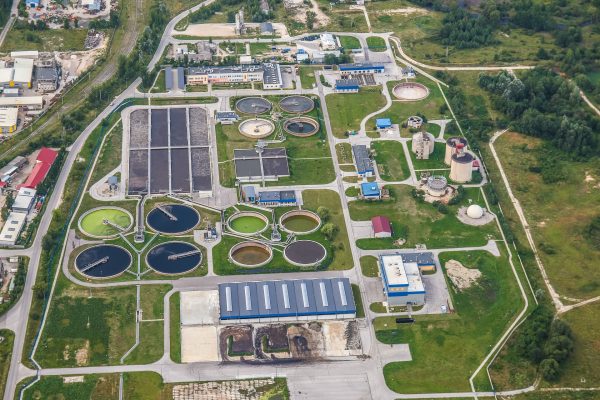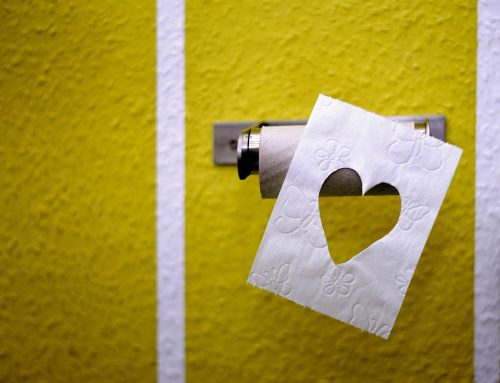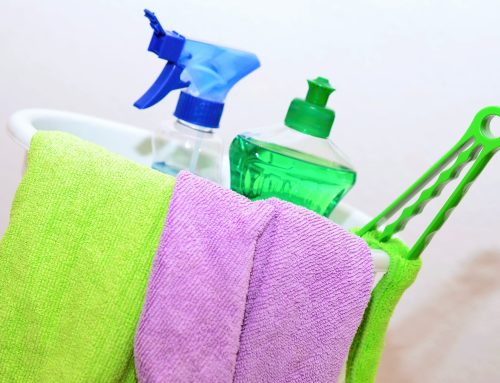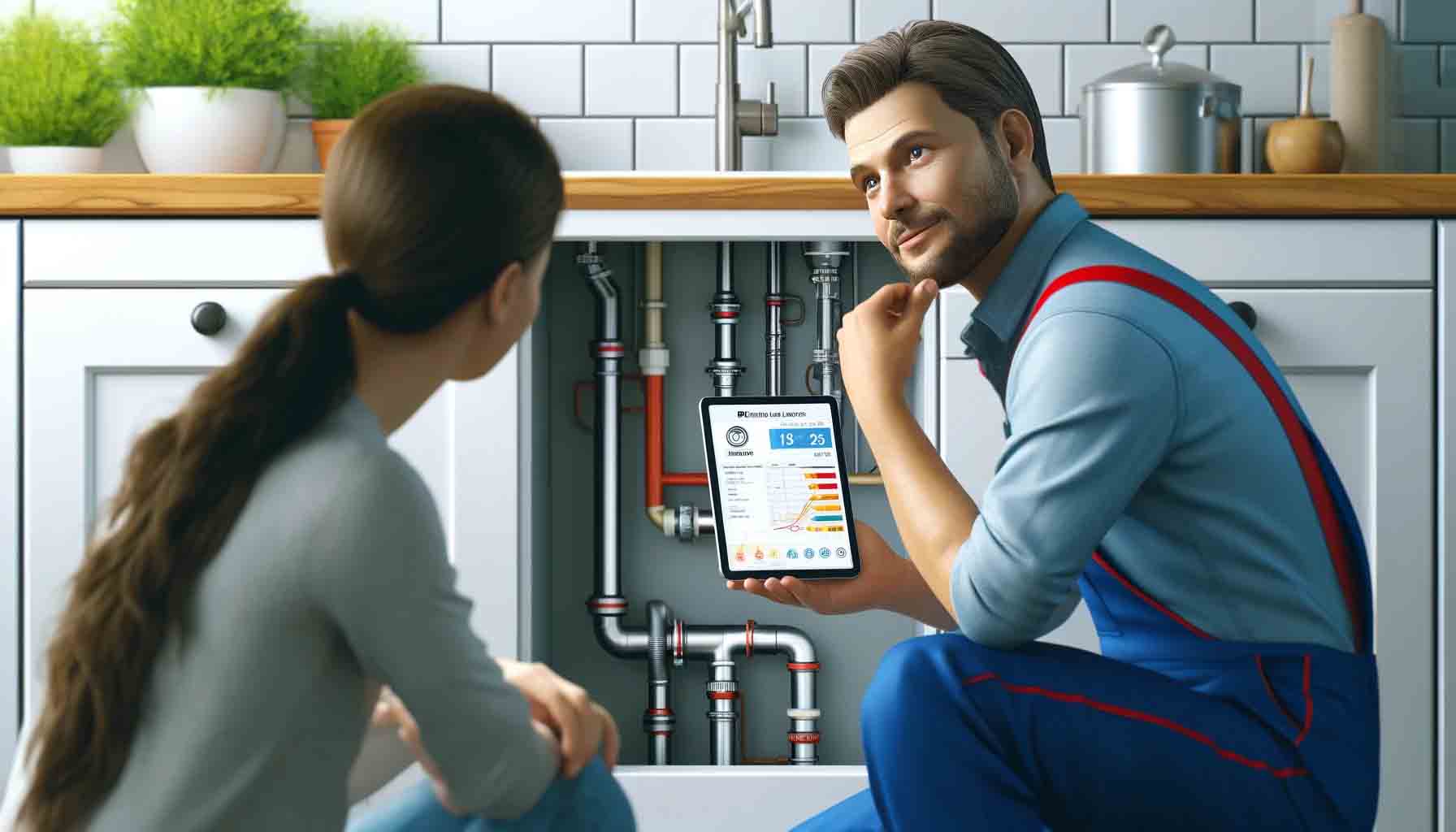In the first part of our article series, we described why and when it is worth using a biological wastewater treatment plant, and examined wastewater and its components. In today's article, we will discuss the operation of a wastewater treatment plant and the process of wastewater treatment.
How the wastewater treatment plant works
In larger settlements, villages, and cities, wastewater treatment usually takes place at a wastewater treatment plant, however, in settlements with a population of less than 2,000 people, installing a domestic wastewater treatment plant is the most economical way to finally treat wastewater.
A professionally installed and maintained home sewage treatment plant can operate with enormous cleaning efficiency.
The built-in wastewater treatment plant consists of several parts, the very first phase is the settling tank, which consists of several chambers and is responsible for phase separation. During phase separation, particles in the wastewater with a specific gravity greater than that of water settle, while particles with a specific gravity lower than that of wastewater (e.g. fats, oils) rise to the surface of the water, creating a floating crust. The bacteria that break down organic matter in the water quickly absorb the dissolved oxygen in the water, so the biological changes take place without oxygen, with the help of other bacteria.
There are flow-through openings between the chambers of the dissolution tank, which, due to their design, filter the sludge and sediment, preventing it from passing into the next chamber.
Biological degradation is not completed in the dissolution pool, therefore the dissolved water cannot be released into living water, this is what the additional pools are for.

From the dissolution basin, the water is transferred to the filter field, where biological degradation continues. The microorganisms found here live on soil particles living in the basement pipes and feed on two different substances: air, which is obtained from the soil during the wastewater-free period, and dissolved substances extracted from the wastewater. The bacteria found in the soil extract most of the impurities, so they do not further pollute the groundwater. This process also shows why toxic substances should not be added to the wastewater, because various toxic substances kill the beneficial bacteria in the soil, thereby inhibiting the biological process of wastewater treatment.
Maintenance
For the continuous, trouble-free operation of the filter field and dewatering system, the proper functioning of the settling basin is essential, for which regular maintenance is essential. A swimming pool filled with sand and silt is unable to settle fresh wastewater, therefore it clogs the gaps between the soil particles, as a result of which the water permeability of the dewatering field decreases, and the bacteria involved in the decomposition of organic matter do not get enough oxygen, so they die.
Since this is a biological process, the entire swimming pool should not be drained; a minimum of 10% of the sludge present there should be left in the dissolution tank as inoculum sludge to maintain the microorganism culture present there.
This process also shows that a home biological wastewater treatment plant is a truly useful biological process, which, with professional installation and proper maintenance, is worth the investment!
Congestion Has your home been affected? Need help? Call the number in the contact menu or send an email to [email protected] by email, we are available 24 hours a day!












